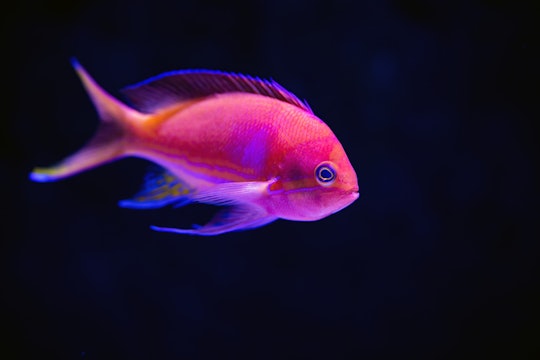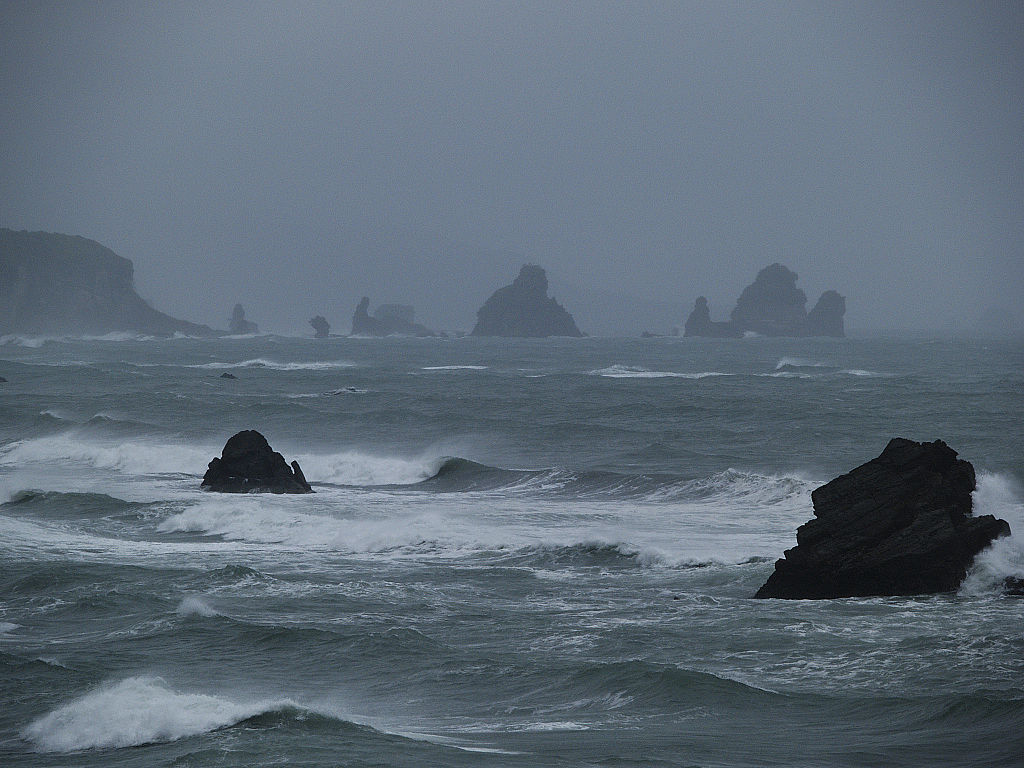
David Clode
Climate change once heated the oceans and caused "The Great Dying"
This time the planet is warming much, much faster
Most people have heard of climate change, the long-term and rapid changes in weather patterns Earth is experiencing today. But fewer know that the planet has undergone similar climate changes before—with devastating consequences.
Some 252 million years ago, massive volcanic eruptions spewed greenhouse gases into the sky, trapping heat in the Earth’s atmosphere and warming the planet by more than 10 degrees Celsius. This extreme temperature change occurred over only a few thousand years—a very short time in geologic history. It increased ocean temperatures, deprived ocean-dwellers of oxygen, and triggered what geologists call the “Great Dying” the greatest mass extinction in Earth’s history. 90% or more of marine life went extinct, and terrestrial species didn’t fare much better.
Scientists have hypothesized several ways this drastic climactic change might have prompted the Great Dying, including ocean acidification and metals from the eruptions poisoning a variety of species. But a recent study has unveiled the most likely culprit: The ocean simply became too hot and too oxygen-poor.

In the study, researchers simulated ancient Earth’s conditions before the Great Dying. Then they modeled marine species’ simulated responses to extreme warming. Since testing the model with experiments was impossible, the researchers needed another way to verify its accuracy. To do so, they compared their model’s predictions for how many species would disappear with the actual fossil record of extinct species—and the predictions matched.
Like all studies, this one isn’t perfect. To run their model, the researchers needed to know different extinct species' limits for oxygen and heat. Of course, they didn't have enough data on these species that died of hundreds of millions of years ago. So instead, the authors used data on similar living species. While this isn’t ideal, it’s a clever workaround for several reasons. For one, the climate today is similar to the Permian climate, so species are adapted to similar environments. Secondly, and more importantly, the researchers ran some test runs of their model to show that even if their results are biased, it wouldn't change the general conclusions.
Their study yielded an interesting but counter-intuitive result: Tropical species were less likely to go extinct than those at higher latitudes. The tropics were already hot before the climate changed, so how did marine life handle even more extreme temperatures after rapid warming? The answer is: they didn’t. When conditions become too extreme, tropical species simply migrated to colder latitudes. But species in polar oceans who got too hot were out of luck—there was nowhere colder for them to go!

Photo by Vicko Mozara on Unsplash
The events leading up to this ancient die-off share ominous parallels with contemporary climate change: Greenhouse gases trapping heat in the atmosphere, warming oceans, and robbing marine life of oxygen. So far, contemporary climate change has warmed the planet a tenth of the amount preceding the Great Dying. This paper provides frightening context for what the future may hold without immediate intervention. The planet will only continue to warm rapidly if humans don’t act quickly to reduce their reliance on fossil fuels, and reverse global warming to the extent that is possible.
The model predicted the severity and geographic patterns of the Great Dying with impressive accuracy, especially given the lack of precise data. Its success also implies something exciting: Scientists are getting better at modeling large-scale processes. There is a saying among researchers that “all models are wrong; some models are useful.”
Models like the one used in this study are a valuable tool for projecting present-day species' vulnerability to contemporary climate change, especially because we have a lot more data on existing species and current climactic conditions than those from eons ago. For example, scientists can alter the model’s input to mirror climate warming scenarios published by the IPCC, and predict how different scenarios may affect life on Earth.
The verdict is in on climate change: it is happening, and humans are driving its quick progression. But what that means for the diversity of life on Earth is still an open question, and the answer is one we collectively have the power to determine. Time is of the essence, but with the help of science-informed climate policy and mitigation, we can reverse climate change and conserve the abundant biodiversity we are fortunate to share this planet with. The story of the Great Dying is set in stone (or fossils)—but the ending of the Anthropocene warming story is up to us.



Wow, this study really stamps out my optimism from my last peer commentary on the piece by Gina Mantica. Both studies point out that temperate ecosystems may be more threatened than tropical systems, since tropical species can move away from the hottest water, towards the poles, as the ocean warms. I had pointed out that this could equalize at a point where cold-water species can still live at the highest latitudes, but this model and our geological record show that it really can get so hot that they all go extinct. Bummer.